On the Ground in Delhi- Inhabit Place and the Red Dot Foundation.
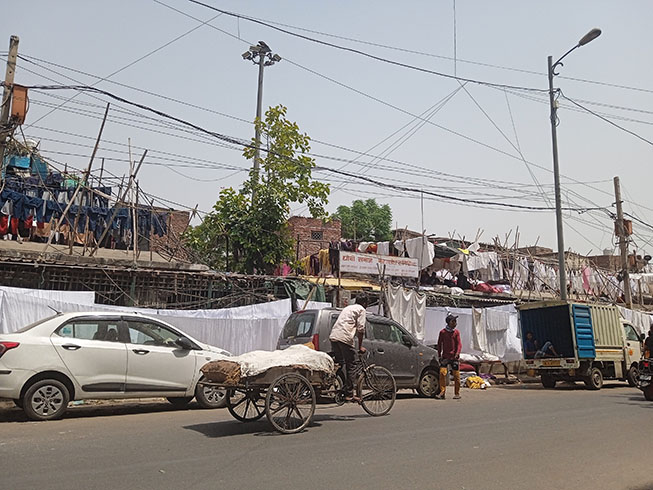
In the first half of 2022 Inhabit Place collaborated with the Red Dot Foundation and Her City (Un-Habitat) for the Swedbio project ”Youth Led, Nature - Culture Living Labs in India”. The project looked to strengthen spaces using gender and age-sensitive smart technologies for urban planning and design, as well as leverage local expertise in developing high-quality, evidence-based learning outcomes.
Our contribution to the collaboration delivered place audits for public assessment at the following sites:
- Badshahpur Forest Corridor, Gurgugram
- Wazirabad Channel, Gurugram
- Aravali Park Entry, Gurugram
- Anath Road, Gurugram
- Ghazipur settlement, East Delhi (Khichripur Village)
Needless to say, the experience of extending the Inhabit Place tools into these vast and vibrant Indian places was illuminating, and collaborating with the Red Dot Foundation was a wonderful experience.
We spoke with Jyoti Goyal from Red Dot foundation, to tell us about her life and work, her experience using the place auditing tool, and the insights she was able to gain from our collaboration.
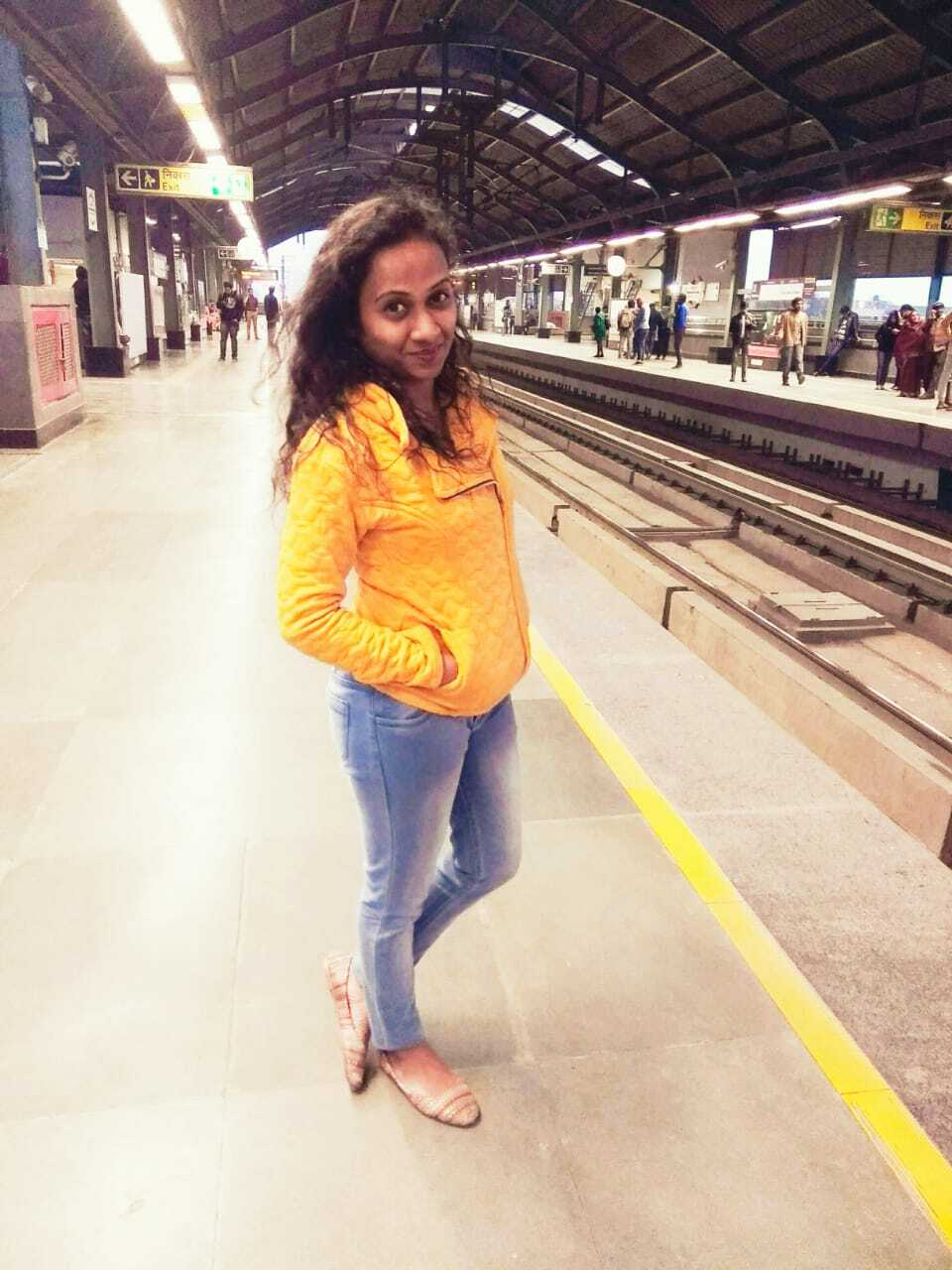
I was born in Jind district of Haryana, India and now live in Faridabad city of Haryana, India. I have been working in the social sector for the past 7 years.
I work as a program manager in Safecity - Red Dot Foundation. The Red Dot Foundation Group works at the intersection of gender, technology, communications, data and urban planning. Safecity is its flagship program. It is a platform that crowdsources personal stories of sexual harassment and abuse in public spaces. This data, which may be anonymous, gets aggregated as hot spots on a map indicating trends at a local level. The idea is to make this data useful for individuals, local communities and local administration to identify factors that cause behavior that leads to violence, and work on strategies for solutions.
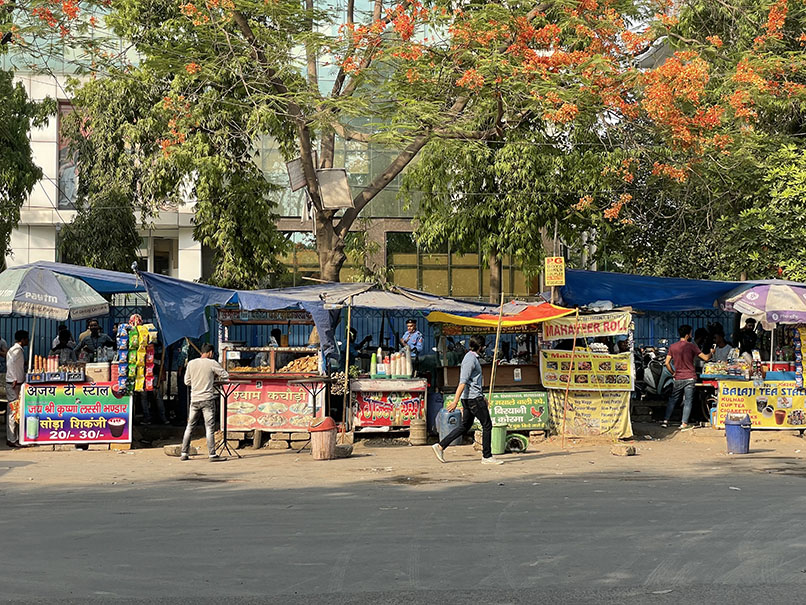
I run and manage the projects which revolve around engaging people and stakeholders to work for safe spaces for all genders and facilitate gender rights, LGBTQ rights, urban planning etc. We spread awareness on legal rights of women, children and other vulnerable groups and collect incidences of violence against them on the Safecity platform.
We work with women, children, civic authorities and other stakeholders like police, local government bodies, educational institutions etc.
I love to work with people, for the people. Working on gender equality is my passion.
My next goal is to engage communities and stakeholders at a very large scale to create safe spaces in their respective areas.
In this project with Inhabit Place we conducted audits of 5 locations in Delhi and Gurugram cities. I was project lead, creating a team of people to conduct the audits in each location, training them in the tools used for audits (Safecity and Inhabit), monitoring the audit process, resolving the challenges that came up during the audits and ensuring unhindered data collection on both tools.
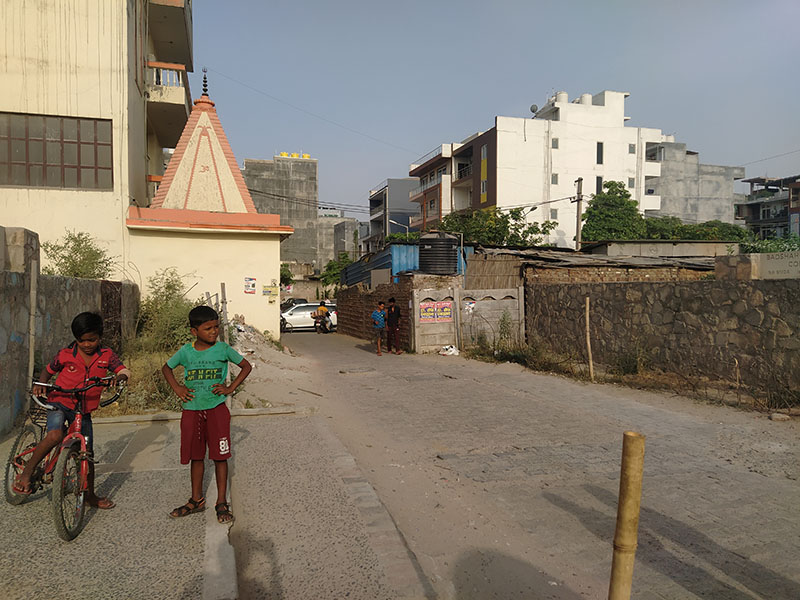
A team of professionals and community members worked with me on this project. It included people from diverse backgrounds, like architecture students, development sector professionals, migrants and residents of the locality, daily commuters etc. We divided the locations and days of the week amongst the team to conduct the audits. We would follow up and review the progress in weekly meetings, to discuss the progress and challenges faced if any. I was regularly visiting the sites to oversee and supervise the audit.
There were two tools used for the audits of 5 places - the Inhabit app and the Safecity platform. While the Inhabit app was used to capture data on footfall of people in the place, how they were navigating the space, the facades and the inventories of the space, the Safecity platform was used to capture data about incidences of harassment or violence.
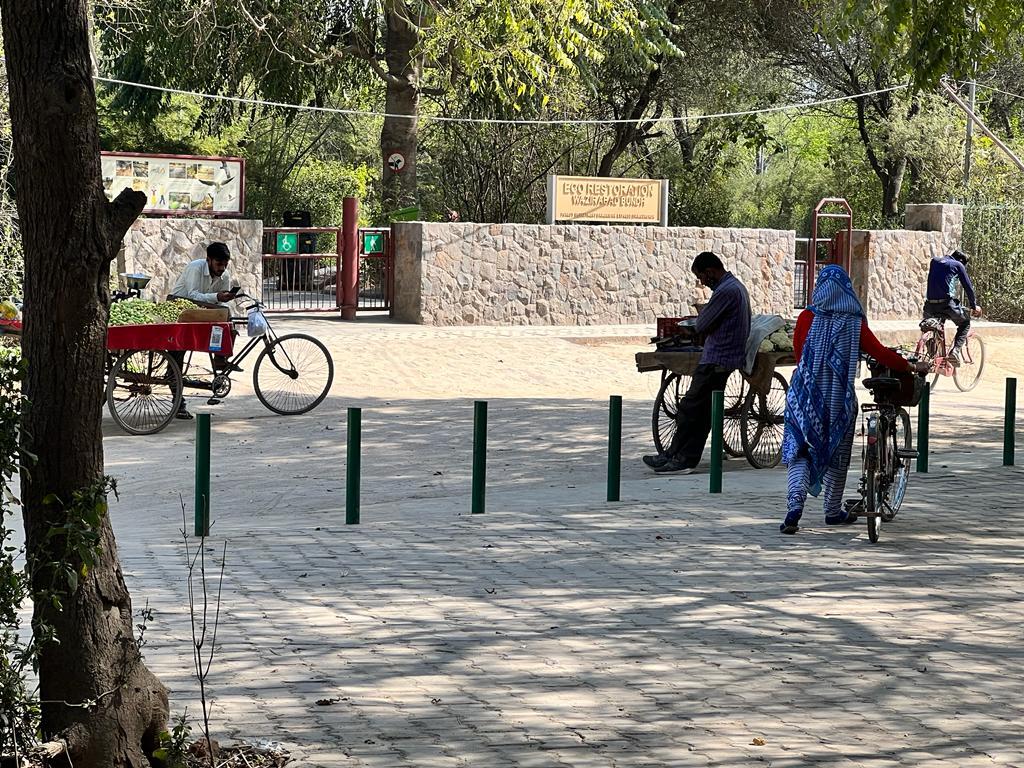
There are many new things that came up (during the auditing process). Every location was different and had different dynamics which made that place - people or environment friendly/not friendly or safe/unsafe.
It changed my perspective of looking at public places and now I have started observing places in a different manner. Not only me but the other members who worked in the project shared that they were much more situationally aware of their surroundings, unlike earlier. Here is a quote from one of the members -
Parami Shyam, ”I worked in 2 locations. I feel each location that I worked in were the complete opposites hence the type of people I interacted with were also quite different. Problems faced by people of the two locations were different.”
I think the audit done on Inhabit and Safecity platform complemented each other. Both platforms collect some very essential aspects of a place which when (paired) together, reveal important details about the dynamics of the location and the factors which influence these dynamics. This is essential to understand what needs to be changed or kept in order to make spaces safer and accessible by all stakeholders. This is what we are trying to do through our work at Safecity as well.